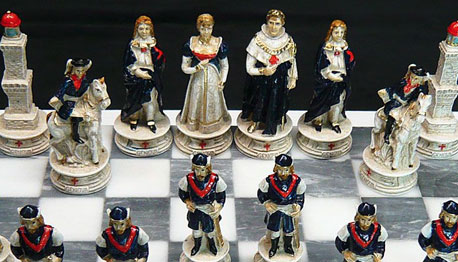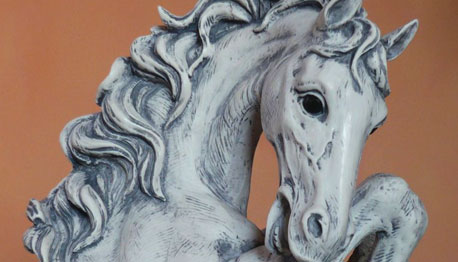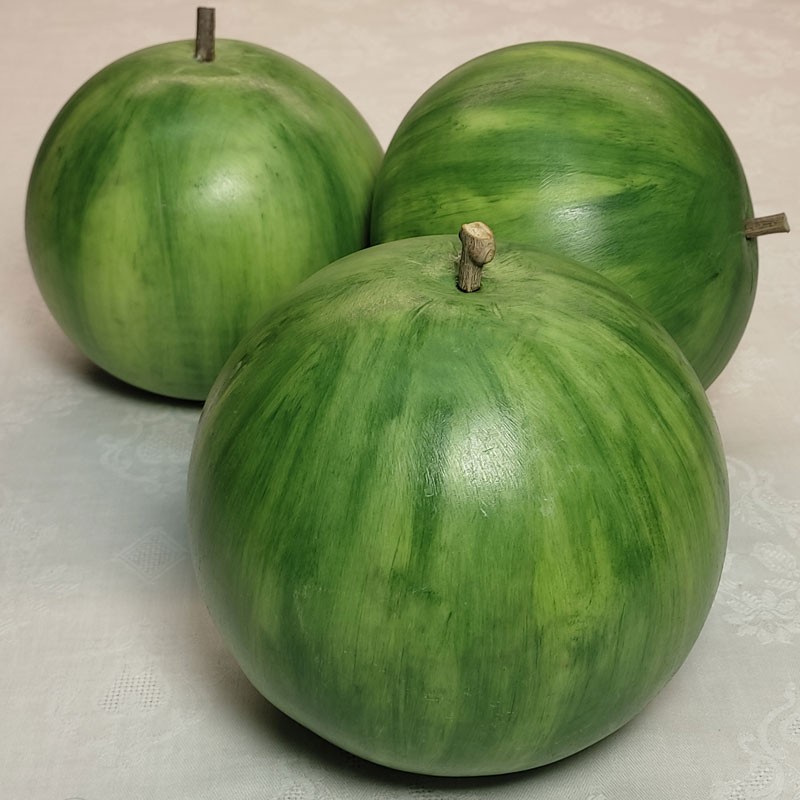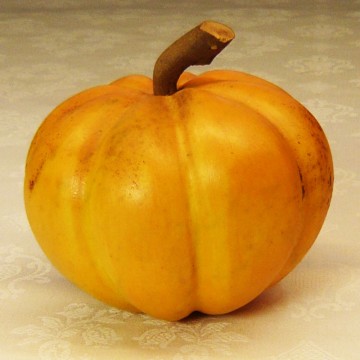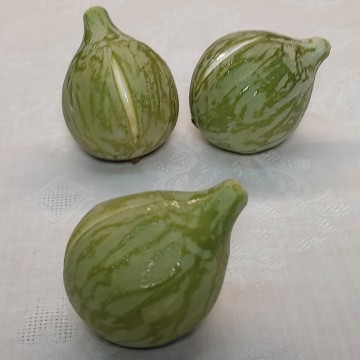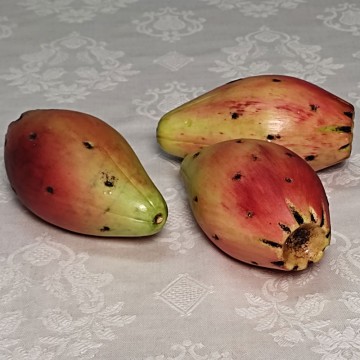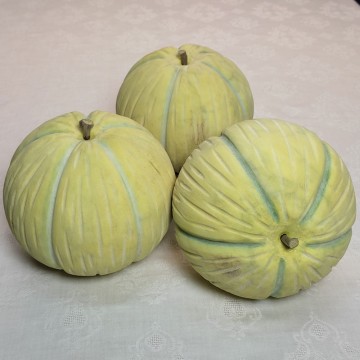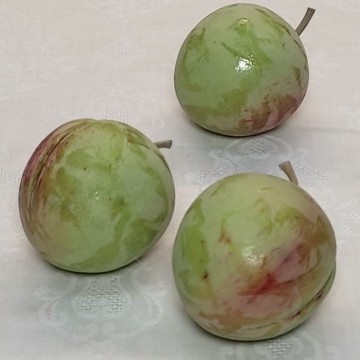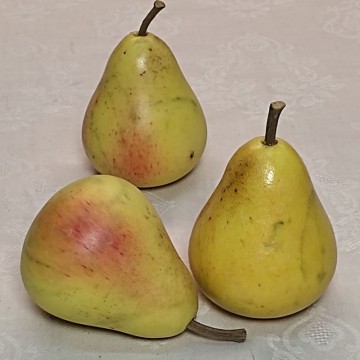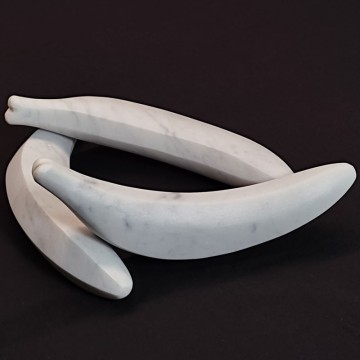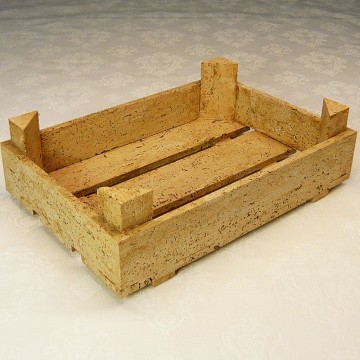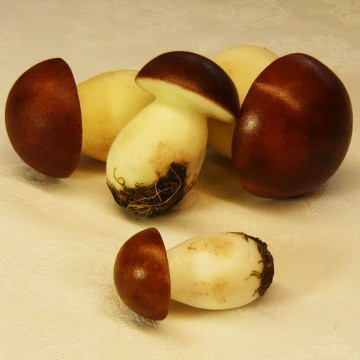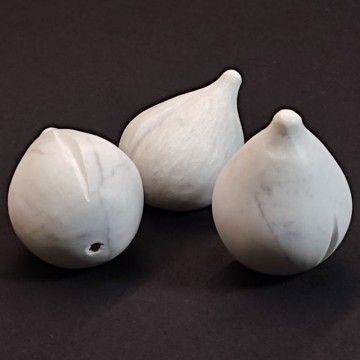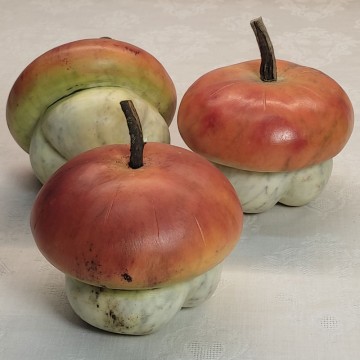The baby watermelon is a variety distinguished by its small size compared to traditional watermelons, but also by its good shelf life and crunchy texture.
The shape of the baby watermelon is almost perfectly round and some types are seedless or have smaller seeds.
Watermelon is the fruit of the Cocos nucifera, a species belonging to the Cucurbitaceae family originally from tropical Africa and later brought to Asia, Europe and North America.
According to some historical sources, the first recorded watermelon harvest took place in Ancient Egypt almost 5,000 years ago and was documented in some hieroglyphics. The fruit was in fact often placed in the tombs of pharaohs as a means of sustenance for the afterlife.
The watermelon is a false berry (peponide) that is spherical or oval in shape, reaches a considerable size and is green in colour, shading into light and dark, while the inside is bright red and full of seeds that can be black, white or yellow.
The pulp consists of more than 90% water and contains a fair amount of sugar.
.
At the foot of the Apuan Alps, Carrara is unique in the world for its marble quarries. The “white gold of the Apuan Alps”: this is how the marble of Carrara is defined, a precious stone with which important works have been realised and that has made this town, for centuries devoted to its extraction and processing, great.
One of the first people to venture into marble quarrying were the Romans who, by inserting beams of fig wood inside natural fissures in the rock, filled these with water until they were completely impregnated and caused the rock to split. This extraction technique remained unchanged, if not with minor variations, until the Renaissance when Michelangelo began to frequent the Carrara area to directly choose the raw material for his works: it was from Carrara, transported along the Arno, that the block from which the Maestro sculpted the famous David came.
Marble thus became an important raw material for the construction, furnishing and decoration of public buildings and patrician residences.
Even today, skilful artists and craftsmen still work this material with mastery, creating stupendous works of art and decorative objects that become true furnishing accessories.





